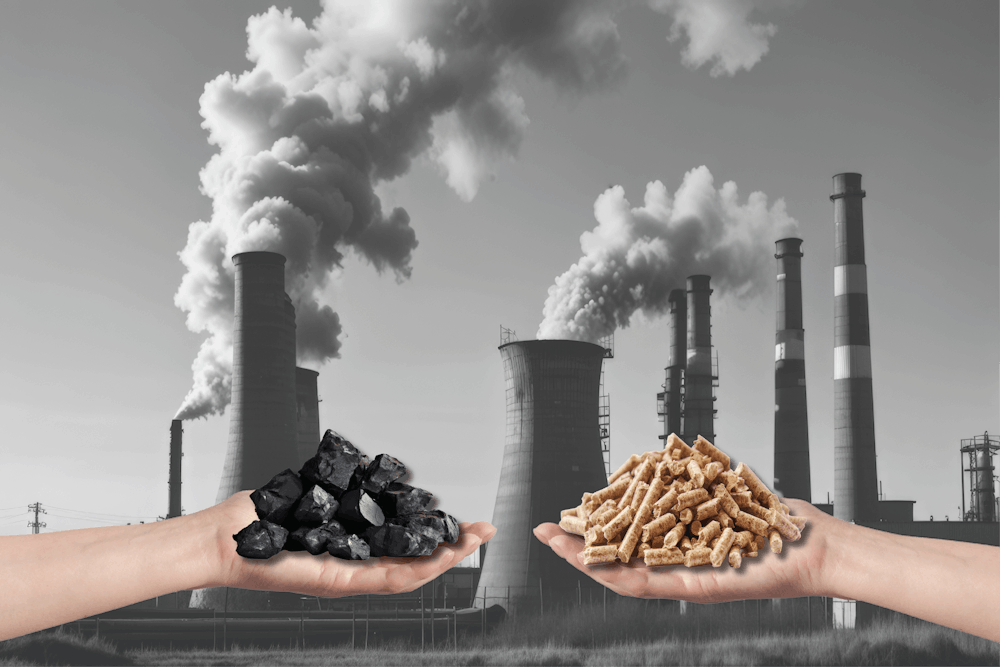On Jan. 16 the North Carolina Department of Environmental Quality's Division of Air Quality held a public hearing to discuss UNC's proposal to burn fuel pellets, which may contain Per- polyfluoroalkyl substances (PFAS), in the university's cogeneration facility.
The University filed the permit application in July 2024 in support of their climate action plan, which seeks to move the University completely away from relying on coal. In 2010, the University vowed to end coal use by 2020, but did not complete the goal.
Now, community members and experts are considering the benefits and drawbacks that come with converting to fuel pellets from coal.
Fuel pellet emissions concerns
PFAS, which are a potential emission from the burning of pellets, remain in the environment for an unknown amount of time and lead to negative health effects to humans and animals, including increased risk of cancer and lowered immune system function. However, the specific risks are not fully understood by the United States Environmental Protection Agency, and there is no legal limit on PFAS emissions or exposure.
The pellets utilized by the University are made of non-recyclable waste material and may contain between 15 and 40 percent plastic. An analysis of the pellets by the DEQ indicated the facility would emit, at most, 1.2 pounds of PFAS annually.
However, because the pellets vary in makeup, there is no way of accurately estimating potential emissions of PFAS, Melissa McCullough, Chapel Hill Town Council member and former EPA employee, said.
Jeff Ryan, retired senior scientist at the EPA Office of Research and Development, said burning PFAS does not destroy them, but rather changes their chemical makeup.
If the facility switches to the pellets, emissions of nitrogen oxides, volatile organic compounds and carbon monoxide will increase. All of those emissions have adverse effects on human health.




